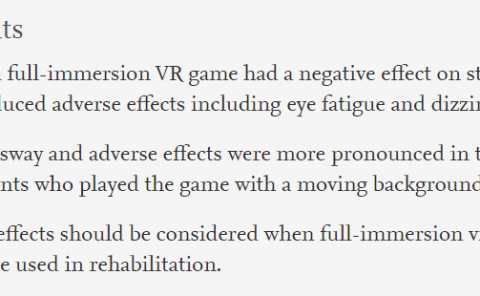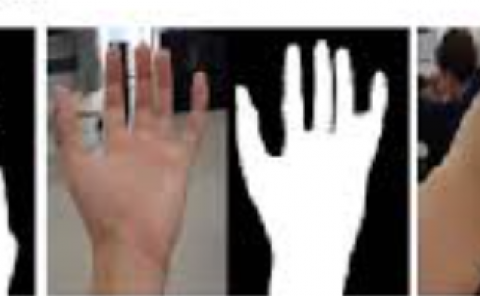Evaluating discrete viewpoint control to reduce cybersickness in virtual reality
PubDate: Jan 2020
Teams: Carleton University
Writers: Yasin Farmani & Robert J. Teather
PDF: Evaluating discrete viewpoint control to reduce cybersickness in virtual reality

Abstract
Cybersickness in virtual reality (VR) is an ongoing problem, despite recent advances in head-mounted displays (HMDs). Discrete viewpoint control techniques have been recently used by some VR developers to combat cybersickness. Discrete viewpoint techniques rely on reducing optic flow via inconsistent displacement, to reduce cybersickness when using stationary HMD-based VR systems. However, reports of their effectiveness are mostly anecdotal. We experimentally evaluate two discrete movement techniques; we refer to as rotation snapping and translation snapping. We conducted two experiments measuring participant cybersickness levels via the widely used simulator sickness questionnaire (SSQ), as well as user-reported levels of nausea, presence, and objective error rates. Our results indicate that both rotation snapping and translation snapping significantly reduced SSQ by 40% for rotational viewpoint movement, and 50% for translational viewpoint movement. They also reduced participant nausea levels, especially with longer VR exposure. Presence levels, error rates, and performance were not significantly affected by either technique.


